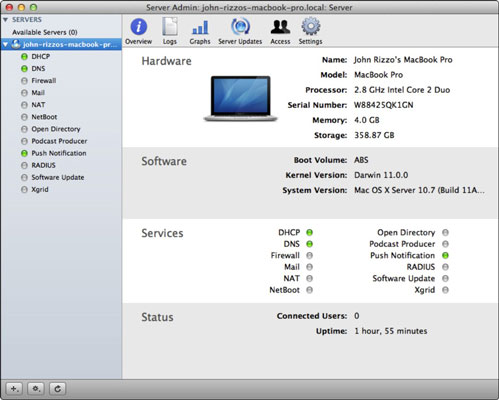

Therefore, your nameserver points your domain name to the IP address of your host or registrar. These are generated when you register your domain name with a hosting provider or a domain registrar.

It contains records of web devices, such as computers and servers, and their associated IP addresses.Įvery domain has its own DNS records, which include the nameserver. Effectively, DNS functions like a phone directory. This system is part of the Transmission Control Protocol (TCP) and the Internet Protocol (IP), which defines how computers communicate via the internet and private networks.ĭNS plays an important role, as it aids the conversion of simple domain names (e.g., ) into an IP address (e.g., 12.34.56.78), which computers then use to identify one another on the network. Nameservers form part of an online database known as the Domain Name System (DNS). Without this information, the browser wouldn’t be able to display the site. Thanks to nameservers, browsers like Google Chrome and Mozilla Firefox can direct users to the right page when they type in a site address.įor example, if you type “” into Google, the nameserver tells the browser where that domain is located (i.e., the address of your web host). DNS Records: What They Are and How They WorkĪ nameserver connects your domain name with the Internet Protocol (IP) address of the server that hosts your website. We’ll also show you how you can access these essential components of your site. In this post, we’ll take a closer look at nameservers and DNS records. This understanding can help you manage your migration more efficiently. This is why it’s important to understand what nameservers and the Domain Name System (DNS) are and how they work. Perhaps you’re worried visitors will be unable to access your content if you switch web hosts. If you’re thinking about migrating your site to a new hosting provider, you may be wondering what it will mean for your domain registration.


 0 kommentar(er)
0 kommentar(er)
